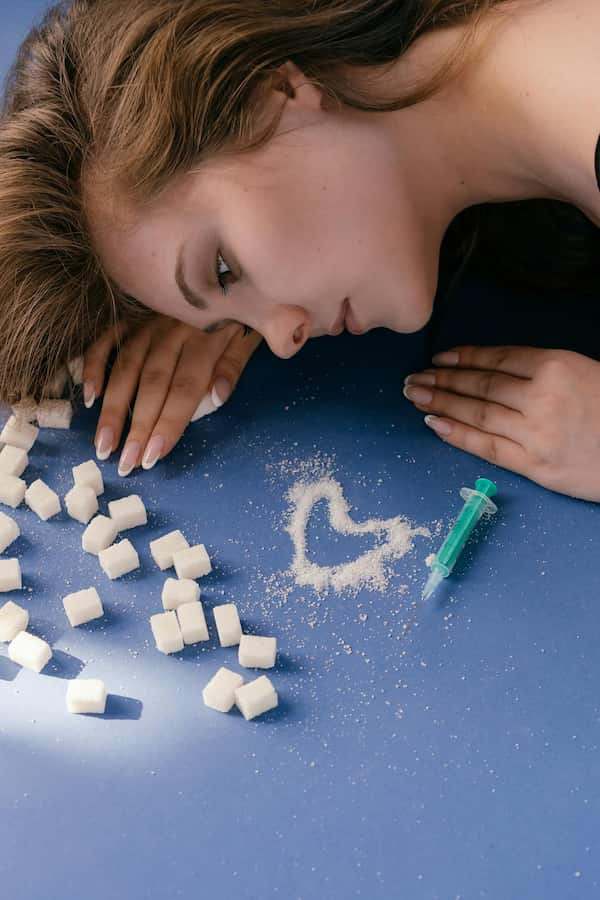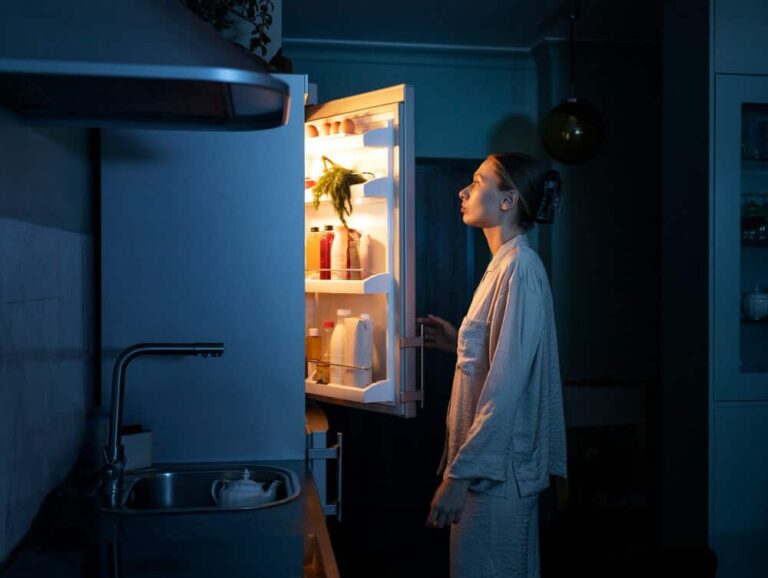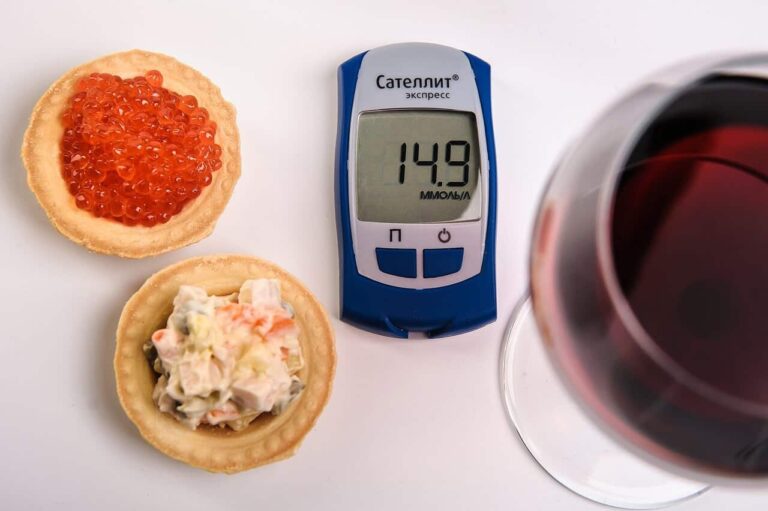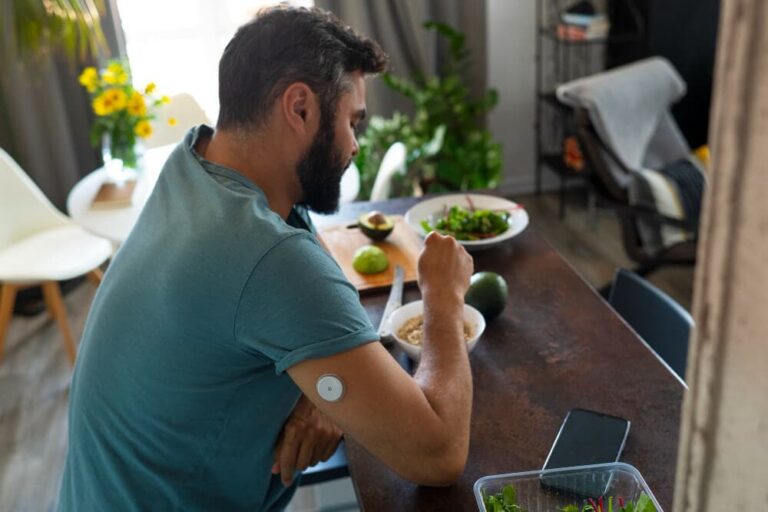It starts with a subtle shift. A faint tremor in your hands that you try to ignore. Then, a sudden, cold sweat that has nothing to do with the room’s temperature. Your thoughts, once clear and sharp, begin to feel like they’re moving through molasses. You try to form a sentence, but the words get stuck. This is the unwelcome, all-too-familiar knock on the door from our least favorite guest: hypoglycemia.
Low blood sugar isn’t just a number on a meter; it’s a visceral, terrifying experience. It’s the ghost in the machine of Type 1 Diabetes, capable of turning a perfectly good day into a frantic, confusing scramble for sugar. The fear of “going low” is real, powerful, and can dictate our every move—from the food we eat to the exercise we avoid.
But what if we could change the narrative? What if we could see hypoglycemia not as a monster under the bed, but as a predictable opponent we can learn to outsmart?
This isn’t just another clinical explanation. This is your handbook. Your playbook. Your complete guide to understanding, treating, preventing, and ultimately, conquering the lows.
Heads-Up & Disclaimer: I am not a doctor or a medical professional. The information in this article is based on my personal experience living with T1D and extensive research. Severe hypoglycemia is a medical emergency. Please consult your healthcare team to create a personalized management plan and for any medical advice.
What Exactly Is a Hypo? (And Why It Feels Like Your Brain is Unplugging)
Clinically, hypoglycemia is defined as a blood glucose level below 70 mg/dL (3.9 mmol/L). But that number doesn’t capture the feeling.
Think of it this way: your brain runs almost exclusively on glucose. It’s the high-octane fuel for your thoughts, coordination, and consciousness. When your blood sugar drops, you’re effectively cutting the fuel line to your own command center. The result is a cascade of symptoms as your body screams for energy.
Know Your Warning Signs: The Two Stages of a Low
Everyone’s hypo symptoms are slightly different, but they generally fall into two categories. Learning to recognize the early signs is your first line of defense.
Stage 1: The Adrenaline Alarm (Your Body’s Early Warning System)
As your sugar starts to drop, your body releases stress hormones like adrenaline to signal the problem. This is what causes the classic, physical symptoms:
- Shakiness or trembling
- Sudden, intense sweating (often cold sweat)
- Pounding heart or palpitations
- Anxiety or nervousness
- Tingling or numbness in the lips, tongue, or cheeks
- Intense, gnawing hunger
Stage 2: The Neuroglycopenic Crash (Your Brain Running on Fumes)
If the low isn’t treated, your brain starts to be deprived of glucose. This is where the cognitive and more severe symptoms kick in:
- Confusion or difficulty concentrating
- Irritability, mood swings, or sudden anger (the infamous “low rage”)
- Slurred speech or clumsiness
- Blurred or double vision
- Drowsiness or extreme fatigue
- In severe cases: seizures, loss of consciousness.
The Scary Truth About Hypoglycemia Unawareness:
For some people who have had T1D for a long time or experience frequent lows, the body can stop giving those early adrenaline warnings. This is called hypoglycemia unawareness, and it’s incredibly dangerous because you might not realize you’re low until the more severe cognitive symptoms hit. If you suspect this is happening to you, it is critical to talk to your endocrinologist.
The Usual Suspects: A Detective’s Guide to Hypo Triggers
A low blood sugar rarely “just happens.” It’s usually the result of an imbalance in the T1D equation: insulin, food, and activity. Let’s investigate the most common culprits.
| The Culprit | The “Crime” Explained | How to Outsmart It |
| The Overzealous Bolus | You took too much fast-acting insulin for a meal, or bolused for food you never ended up eating. It’s like sending in a cleanup crew for a party that never happened. | Double-check your carb counts. If your plans change after bolusing, eat the carbs you dosed for anyway. |
| The Exercise Ambush | You went for a run or hit the gym, and your muscles gobbled up glucose faster than expected. (We have a whole guide on [Type 1 Diabetes and Exercise] for this!) | Plan ahead! Reduce your basal rate or insulin bolus before exercise. Always carry fast-acting carbs with you. |
| The Deceptive Drink (Alcohol) | Alcohol is tricky. While you’re drinking, your liver is busy processing the alcohol and can’t release its stored glucose (glycogen). This can cause a severe, delayed low, often hours later while you sleep. | The golden rule: Never drink on an empty stomach. Have a carb-containing snack with your drink and be sure to check your BG before bed. |
| The “Skipped Meal” Spiral | Your background (basal) insulin is always working. If you skip a meal, there’s no incoming glucose to balance it out, leading to a slow and steady drop. | Consistency is your friend. If you have to delay a meal, have a small snack to tide you over or consider a temporary basal reduction (if on a pump). |
| The Hormone Hijack | Stress, lack of sleep, and for women, the menstrual cycle can all throw hormones out of whack, causing unpredictable blood sugar swings, including sudden drops. | This one is tough. The key is to be aware. If you’re in a high-stress period, monitor more frequently and be prepared for anything. |
The “Oh Crap” Moment: Your Action Plan for Treating a Low
Okay, it’s happening. You’re low. Don’t panic. You have a plan. It’s called the Sacred 15-15 Rule.
- Consume 15 Grams of FAST-Acting Carbs.
This is the crucial part. You need sugar that can get into your bloodstream ASAP. - Wait 15 Minutes.
This is the hardest part. Your brain is screaming for more sugar, but you have to give the carbs time to work. Sit down, breathe, and wait. - Recheck Your Blood Sugar.
If your BG is still below 70 mg/dL (or you still feel very symptomatic), repeat steps 1 and 2. - Follow Up.
Once your blood sugar is back in a safe range, if your next meal is more than an hour away, eat a small snack with protein and a slow-acting carb (like cheese and crackers or half a peanut butter sandwich) to prevent another drop.
Your Hypo-Fighting Arsenal: Choose Your Weapon
Not all sugar is created equal in a low. The fat in foods like chocolate, cookies, or ice cream slows down sugar absorption, making them a terrible choice for treating a hypo.
Tier 1: The Elite Forces (Fastest)
- Glucose Tablets (3-4 tablets): The gold standard. Precise, fast, no-mess.
- Glucose Gels (1 tube): Also excellent and easy to consume even when confused.
Tier 2: The Reliable Reserves (Great in a Pinch)
- Juice (1/2 cup or 4 oz): Apple, orange, or cranberry work well.
- Regular Soda (not diet!) (1/2 cup or 4 oz): A classic for a reason.
- Skittles or Starbursts: Pure sugar, easy to chew and dose.
Tier 3: The Desperation Measures (Better Than Nothing)
- Honey or Maple Syrup (1 tablespoon): Messy, but effective.
- Table Sugar (1 tablespoon dissolved in water): The original fix.
The Severe Low: Your Emergency Backup Plan
Sometimes, a low is too severe to self-treat. If you are unable to eat or drink, or if you lose consciousness, you need Glucagon.
Glucagon is a hormone that tells your liver to release its stored glucose. It’s a life-saving emergency treatment that your family, friends, and coworkers need to know how to use. Modern forms like Baqsimi (a nasal spray) and Gvoke (an auto-injector) are much simpler to use than the old mix-and-inject kits.
Talk to your doctor about getting a prescription and train your support system. It’s the most important safety net you have.
Final Thoughts: Trade Fear for Respect
Hypoglycemia will always be a part of the T1D landscape. It’s a reality we have to manage. But it doesn’t have to be a source of constant fear.
Every low you treat is a battle you’ve won. Every pattern you notice is a piece of the puzzle you’ve solved. Every time you prepare, you are taking back control. You are not weak for going low; you are incredibly strong for fighting back, every single time.
Respect the low. Understand it. Prepare for it. But do not let it shrink your world. You’re playing life on Expert Mode, and this is just one of the levels you’ve already learned to master.











